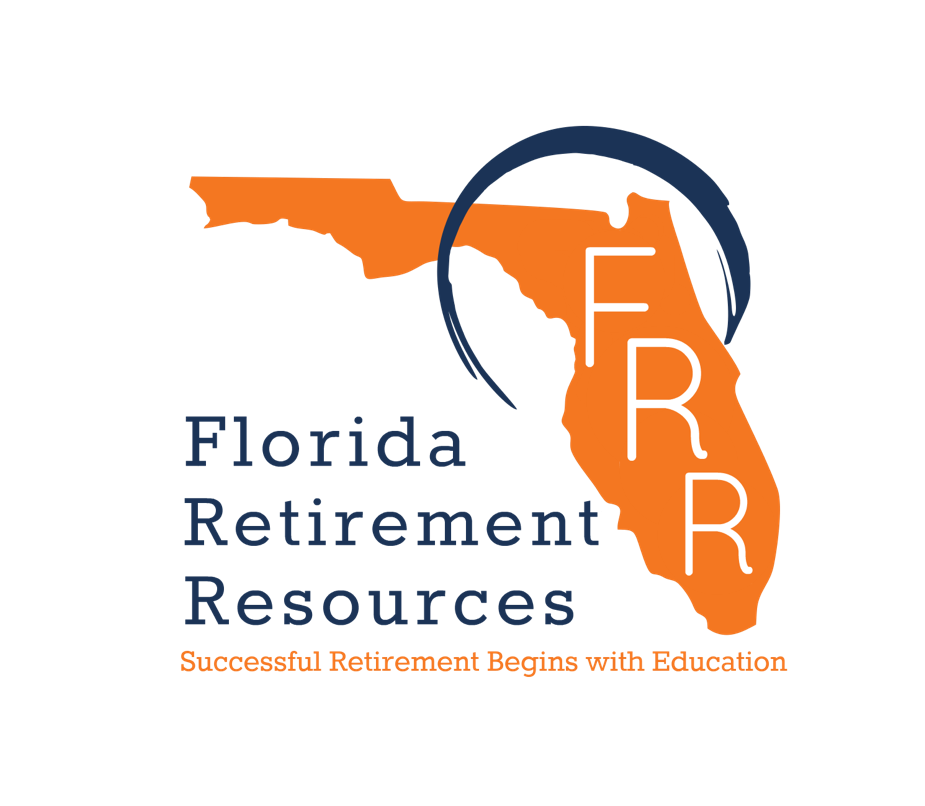There has been hearing lots of talk in the news recently that bond yields have been rising, and...
How to Build a Bridge Between Retirement and Medicare
Introduction
Many FRS members, especially those in Special Risk positions, retire before age 65. While this can be a rewarding next chapter, it also creates a health insurance gap between your retirement date and when Medicare eligibility begins.
Understanding your options during this in-between period is important. The cost of health coverage can be one of the biggest post-retirement expenses, and planning ahead can help you avoid last-minute surprises.
Step 1: Know When Medicare Kicks In
Medicare eligibility typically begins at age 65, regardless of when you stop working. If you retire at 50, that’s a 15-year gap. Even retiring at 60 still leaves a 5-year window where you’ll need other health coverage.
There’s no automatic coverage from FRS during this time, but there are several options to consider.
Step 2: Evaluate Employer Retiree Coverage (If Available)
Some agencies allow retirees to stay on their group health plan after separation, but at the full premium cost (employer subsidy usually ends, though this is not always the case. Some department offer continued insurance benefits for covered employees who meet specific criteria).
-
Premiums can be significant but may offer familiar coverage.
-
Coverage often continues until Medicare eligibility.
-
It’s important to check with your HR or benefits office early to understand timelines, premiums, and enrollment rules.
Step 3: Explore ACA/Marketplace Health Plans
Under the Affordable Care Act (ACA), retirees can purchase health insurance on the federal Marketplace(Healthcare.gov) or through state exchanges.
-
Plans are guaranteed issue (no pre-existing condition exclusions).
-
Depending on income, some retirees may qualify for premium tax credits that reduce monthly costs.
-
This option is often considered by retirees in their 50s and early 60s to bridge the gap.
💡 Tip: Marketplace premiums vary by region, age, and income — it pays to shop carefully.
Step 4: Factor in the FRS Health Insurance Subsidy (HIS)
The HIS benefit provides $7.50 per month for each year of creditable service, up to $225 per month, to help offset health insurance costs.
-
You must be enrolled in qualifying health coverage to receive it.
-
HIS doesn’t pay your insurance company directly — it’s added to your monthly pension check.
-
While it won’t cover the full cost of insurance, it can meaningfully reduce out-of-pocket expenses over time.
Step 5: Consider COBRA for Short-Term Gaps
If you’re leaving FRS employment mid-year or need only a short bridge to other coverage, COBRA continuation may be an option.
-
COBRA allows you to stay on your employer plan temporarily (usually up to 18 months).
-
You pay the full premium plus a small administrative fee.
-
It’s generally more expensive than active employee coverage but can provide continuity while you explore longer-term solutions.
Don’t Forget About Timing and Deadlines
Health insurance coverage doesn’t happen automatically at retirement. Missing enrollment windows can lead to gaps or penalties later.
-
Employer coverage: Notify HR well before your retirement date to understand deadlines.
-
ACA Marketplace: You usually have a special enrollment period tied to retirement.
-
Medicare: Sign up during the 7-month Initial Enrollment Period around age 65 to avoid penalties.
Final Thoughts
Retiring before Medicare eligibility is common for FRS members — but bridging the health insurance gap takes planning. Exploring retiree coverage, Marketplace plans, COBRA, and leveraging the HIS benefit can help you create a smooth transition.
By evaluating your health coverage options well before your retirement date, you may be able to reduce the risk of unexpected costs and maintain continuity in your retirement plan.




